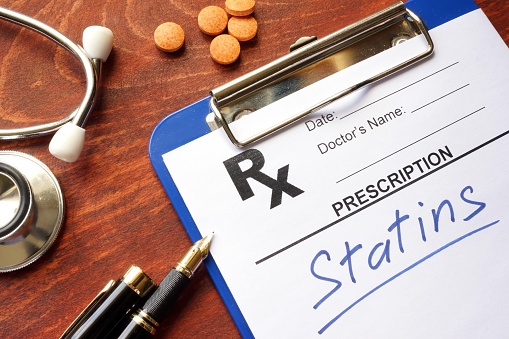
Statin intolerance is “over-estimated and over-diagnosed” according to the largest-ever study conducted on this phenomenon1.
On behalf of the Lipid and Blood Pressure Meta-Analysis Collaboration and the International Lipid Expert Panel (ILEP), Professor Maciej Banach, of the Medical University of Lodz and the University of Zielona Góra in Poland, led a meta-analysis of 176 studies representing 4,143,517 patients worldwide. They set out to characterize both the prevalence of statin intolerance according to different diagnostic criteria and risk factors associated with greater risk of statin intolerance.
They found that the fears around statin intolerance are over-exaggerated. The overall prevalence of statin intolerance was 9.1% but varied depending on the diagnostic criteria used, as low as 5.9% using the European Atherosclerosis Society definition. Factors associated with greater prevalence of statin intolerance included age, female gender, Asian and Black race, obesity, diabetes mellitus, hypothyroidism, exercise, liver failure, and renal failure. Alcohol consumption and use of antiarrhythmic agents or calcium channel blockers were also associated with greater statin intolerance. As expected, greater statin dose increased the likelihood of statin intolerance, but not the lipid solubility of the prescribed statin.
What do these findings mean for our patients? According to Prof. Banach, these results “show that in most cases statin intolerance is over-estimated and over-diagnosed, and they mean that around 93% of patients on statin therapy can be treated effectively, with very good tolerability and without any safety issues.
“Our findings mean that we should evaluate patients’ symptoms very carefully, firstly to see whether symptoms are indeed caused by statins, and secondly, to evaluate whether it might be patients’ perceptions that statins are harmful – so called nocebo or drucebo effect – which could be responsible for more than 50% of all symptoms, rather than the drug itself.”
The SAMSON Trial previously showed that most symptoms caused by statin tablets were nocebo2. This was an N of 1 placebo-controlled study of statins which randomized 60 patients with documented “statin intolerance” previously necessitating statin cessation. The majority of adverse symptoms in this cohort were experienced on both a statin and a placebo in the same patients. Notably, neither the symptom intensity on starting nor the extent of symptom relief upon stopping differed between statin or placebo.
The preponderance of evidence paints a clear picture. Statins save lives and reduce cardiovascular events in appropriated selected patients. Statin intolerance does occur in a minority of patients in whom the therapeutic approach should involve statin alternatives. However, the anticipation for and experience of statin intolerance is exaggerated and frankly harmful. It is our duty as clinicians to use these data to validate our patients’ experiences and beliefs, but also to reassure, counsel, and guide them forward. For most of our patients, we needn’t abandon statin therapy, which remains the cornerstone of our preventive armamentarium.
References:
- Bytyçi I, Penson PE, Mikhailidis DP, et al. Prevalence of statin intolerance: a meta-analysis. Maciej Banach. 19:22. doi:10.1093/eurheartj/ehac015
- Howard JP, Wood FA, Finegold JA, et al. Side Effect Patterns in a Crossover Trial of Statin, Placebo, and No Treatment. J Am Coll Cardiol. 2021;78(12):1210-1222. doi:10.1016/J.JACC.2021.07.022/SUPPL_FILE/MMC1.DOCX







 © 2025 Mashup Media, LLC, a Formedics Property. All Rights Reserved.
© 2025 Mashup Media, LLC, a Formedics Property. All Rights Reserved.